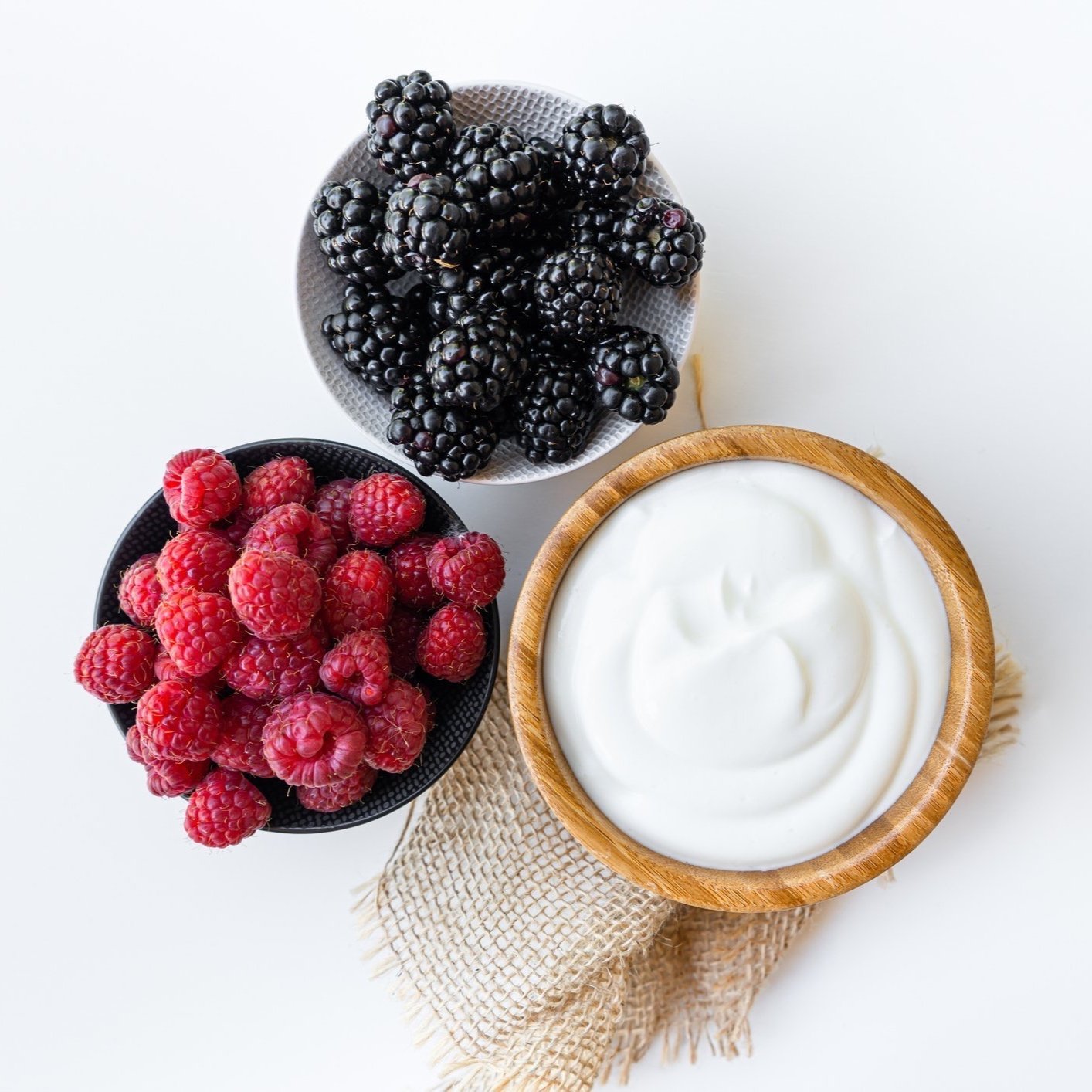Types of Fermentation: Lactic, Alcoholic, and Acetic Explained
Nov 28 | Written By Allie Faden
Alright, we’ve decided to repost this as a reminder post, because people have had questions, and a lot of them, that relate to not understanding the different types of fermentation. Understanding those differences really helps answer a lot of secondary questions about how and why to do certain things to make your ferments, as well as sometimes helping people understand what’s gone wrong in a given process!
Did you guys know there’s more than one kind of fermentation? There are a bunch, really, but most people engage with one of three types of fermentation in their food prep: lactic-acid, ethanol, and acetic acid styles of fermentation. They all do a little something different, and in some cases you see multiple processes within the same product!
What is fermentation, anyway?
Fermentation is a metabolic process. During fermentation, carbohydrates are consumed by the relevant yeast and bacteria for its specific process and converted over into acid or alcohol. And that’s really all it is! From a practical standpoint, fermentation is a series of methods to forestall decomposition/rotting of a food product. It doesn’t stop the food product from going bad, but rather slows it way down while adding additional nutritional benefits. Beyond food production, fermentation is also used in some industrial processes, such as the production of hydrogen gas, sewage treatment, and production of biofuels.
There are 3 main types of fermentation (and several others, beside): lactic acid fermentation, ethanol fermentation, and hydrogen and methane gas production. We’re only going to worry about the first two types here, since gas production fermentation isn’t particularly relevant to what we want to eat on a given day. Some sources will also list acetic acid fermentation as another type, but I would argue that it belongs as a sub-category to ethanol fermentation. Accordingly, it’ll come after we talk about ethanol fermentation.
Lactic acid fermentation at its most famous - kraut!
The Matter of Food/Getty
Lactate Fermentation
This is generally what people are talking about when they’re talking fermentation. Sauerkrauts, yogurts, sourdoughs, all sorts of food products fall into this category! These are the staple ferments, as it were. Lacto-fermentation is essentially defined as fermentation that occurs primarily due to the presence and deliberate yet controlled growth of Lactobacillus acidophilus, Lactobacillus ssp., or Lactococcus ssp. Keep in mind that most lacto-fermented products will have other microbes, and this generally will be true of all ferments that there are more microbes than just the ones primarily responsible for the process in question.
It’s also a thing we do in our bodies when our muscles can’t get enough oxygen, and this is really what results in those charlie horses you get in your legs, feet, and sometimes other places.
Lactic acid fermentation is always anaerobic. This is why we tell you that you can use your lids on kefirs and such, though I personally find the avoidance of gnats to be the reason everyone should use lids on these bad boys.
This will better explain the process to those of you interested in the science.
I was really stressed out over this image, because I lost the source. It took me hours to track it down again so I could remove the dagger from my academic heart!!
Some stuff that’s lacto-fermented
Sourdough
Yogurt
Milk Kefir
Cheese
Sour Cream
Acetone
Methyl alcohol (the stuff in the recalled hand sanitizers that can kill you)
Kvass
Tofu
Some antibiotics and vitamins
Hákarl
Fermented pickles/other vegetables
Many fermented fruits
Miso
Nattō
Various fish sauces
Brem
Preserved meats (whey and other forms of fermented meats)
Cocoa/chocolate
Various spice pastes
Soy Sauce and Tamari
Tabasco (theirs is fermented 3 years on average, sometimes 5) and other various hot sauces
Cod liver oil (not all preparations, but definitely traditional ones)
Salami
Ketchup
And a lot more. I put it in this long list format so you could visually appreciate the scope of how much stuff is lacto-fermented. It’s soooo much! I think this is probably enough on lacto-fermentation, though, since this is the main thing most of us are up to in our kitchens and we pretty much understand what’s what with that!
We’re obviously moving onto the boozy portion of our little journey now. Logan Weaver/Getty.
Alcoholic Fermentation
Right out of the gate, let’s clear this up: kombucha (and jun) is alcoholic, not lacto, fermentation. Ditto water kefir, even though these guys do really contain bacteria that would make you think they’re lacto-fermented. There’s a lot of confusion about this but kombucha’s the ferment this is the ferment to use if you want to make booze from a ferment you already like in its more normal form rather than brewing in the more usual fashions.
Our list here is pretty short: booze in general, kombucha, baker’s yeast (the commercial kind), water kefir, biofuel. Due to the Pasteur Effect, there’s some weird stuff going on with making drinkable alcohol. Most alcoholic fermentation occurs due to Saccharomyces cerevisiae or other Saccharomyces yeasts. We call this aerobic fermentation most of the time, but it’s a bit more complicated than that. You need an aerobic environment to encourage the relevant yeast (and some bacteria) growth, but you actually need an anaerobic environment for the alcohol production itself.
What is most important to know here, other than the principle yeast responsible for it all happening, is that alcoholic fermentation is a two-step process that largely varies based on the coenzyme at play in the moment.
Enzymes in question.










